- Preserving Khmer culture from summer classes
- Linking Khmer cultural preservation with tourism development: Shining with brilliant colors
- The "soul keeper" of the art of Big Drum Music
Formation and development process
According to senior artisans in Ho Thi Ky and Tan Loc communes, the large drum orchestra was introduced to Ca Mau in the late 19th century, when Mr. Huu Pinh and Huu Mot - two artisans from Tra Vinh - came to this land to make a living, bringing with them the traditional music of their homeland. In 1922, when Cao Dan Pagoda (also known as Bach Nguu Pagoda) was built, the first large drum sounds resounded in the new land, opening a journey of more than a century of existence and development.
 Ancestor worship ceremony of great drum artists.
Ancestor worship ceremony of great drum artists.
Since then, drum music has gradually taken root and become an indispensable part of the spiritual life of the Khmer people in Ca Mau . Music groups at Cao Dan Pagoda and Rach Giong Pagoda were formed, attracting a large number of local Khmer ethnic children to participate. Performances were held in many localities inside and outside the province.
Structure and instruments in a large drum orchestra
According to the work “Khmer Folk Musical Instruments of the South” by Son Ngoc Hoang (Social Sciences Publishing House, 2005), the large drum orchestra usually consists of 7 basic instruments. However, in Ca Mau, artisans have developed up to 15 types of musical instruments such as Skor Thom (large drum), Skor Day, Koong Thom (large gong), T'rưô – U, T'rưô – Sô, Chapay Chomrieng, Pay Puốc, Khloy, Khum, Ta Khe, Krap… Among them, the large drum (Skor Thom) is the soul of the orchestra. The drum is made of precious wood, covered with buffalo or monitor lizard skin, which helps to create a deep, far-reaching sound. That sound is not only the rhythm of the ritual but also the voice of faith and devotion. Besides, string instruments such as T'rưô-U and Chapay Chomrieng bring soft melodies, blending with the sounds of gongs and Khloy flutes to create a musical space that is both sacred and profound.
 Skor-Thom musician in a large drum orchestra.
Skor-Thom musician in a large drum orchestra.
Before each performance, the artists pay homage to the music founders with a solemn offering tray of wine, boiled chicken, incense, candles, and a white cloth symbolizing purity. This ritual expresses gratitude to the ancestors and guardian deities, and affirms that music is not only an art but also a sacred act of worship.
 Artists worship their ancestors at home before performing big drum music.
Artists worship their ancestors at home before performing big drum music.
The large drum orchestra is present in most Khmer ritual activities: from the Buddha's An vi ceremony, Chol Chnam Thmay, Sene Dol Ta, Ok Om Bok, the monks' summer entrance and exit ceremonies, to weddings, funerals, peace prayers, Neak Ta ceremonies... In funerals, the sound of the large drum is sad and reverberates far and wide like the cry of farewell to the deceased to the Buddha's land. On the contrary, in weddings or Ngo boat launching ceremonies, the rhythm is majestic and exciting, expressing joy, victory and community cohesion. Therefore, Pleng Skor Thom is not simply a type of music, but also a language of communication between humans and gods, between the living world and the sacred world. Pleng Skor Thom music is not for entertainment, but a sacred melody to communicate with gods. Khmer people always consider the sound of the large drum as a voice towards ancestors, heaven and earth and sincerity towards life.
Typical values of Big Drum Art
Historically, the big drum music is a vivid testament to the migration and settlement of the Khmer people in Ca Mau over the past 300 years. It is closely associated with the mark of those who opened up the land, reflecting the history of coexistence and cultural exchange of the Kinh - Khmer - Hoa ethnic communities in Ca Mau.
Culturally, Pleng Skor Thom is the “Duon pro lung” - the soul of the Khmer ethnic community. From birth to death, every Khmer person is welcomed, blessed, and sent off by the sound of a large drum. That music is like an endless source connecting people, enriching the cultural identity of Ca Mau.
Scientifically, the large drum orchestra demonstrates a high level of musical organization, with strict organization and performance rules. The instruments are harmoniously coordinated between percussion, strings, wind and bow, creating multi-layered sounds, rich in rhythm and emotion. This is a valuable document for the study of Southeast Asian folk music, proving the exchange between Khmer culture and ancient Indian and Champa music.
In terms of art, Plêng Skor Thom expresses aesthetic thinking and profound humanistic emotions. Although only using natural materials such as bamboo, wood, copper, leather, etc., the Khmer people have created a musical space with expressive depth, from the sadness of funerals to the excitement of festivals. The harmony between drums, trumpets and lyrics is the symphony of the Khmer people's souls - simple but sincere, strong but profound.
Preserve and promote values
Currently, in Ca Mau, there are still two large drum music groups operating regularly in Ho Thi Ky and Tan Loc communes. However, the number of artisans who fully understand the ancient pieces is not much. Many traditional musical instruments are difficult to make, especially large drums and T'rưô - Khse bay. In addition, the young Khmer people are being drawn into modern life, increasing the risk of extinction.
 Artists use Chhưng and Skor-day instruments in a large drum orchestra.
Artists use Chhưng and Skor-day instruments in a large drum orchestra.
Recognizing this special value, Ca Mau province has proposed and the Ministry of Culture, Sports and Tourism has registered "The Art of Big Drum Music of the Khmer People" in the List of National Intangible Cultural Heritage in 2022. At the same time, the Department of Culture, Sports and Tourism is implementing conservation activities such as: collecting, transcribing, translating and recording 25 ancient musical pieces, including 7 typical To music pieces (Um Tuk, Srey Proser, Konseng Krohomr, Neang Haoe, Sompong Sok Thom...); displaying and introducing the heritage "The Art of Big Drum Music of the Khmer People" at Ca Mau Provincial Museum and at Cultural Festivals of the Khmer ethnic group in the South; organizing training and teaching for the younger generation, maintaining the activities of Khmer cultural clubs, bringing Plêng Skor Thom into schools, to nurture the love for traditional music.
Preserving the art of Big Drum Music is not only preserving a type of music, but also contributing to maintaining and developing the fine traditional cultural values of ethnic minorities in Ca Mau province associated with tourism development, gradually improving the material and spiritual life of local ethnic minorities.
Dang Minh
Source: https://baocamau.vn/bao-ton-nghe-thuat-nhac-trong-lon-cua-nguoi-khmer-a123609.html


![[Photo] The road connecting Dong Nai with Ho Chi Minh City is still unfinished after 5 years of construction.](https://vphoto.vietnam.vn/thumb/1200x675/vietnam/resource/IMAGE/2025/11/04/1762241675985_ndo_br_dji-20251104104418-0635-d-resize-1295-jpg.webp)

![[Photo] Ho Chi Minh City Youth Take Action for a Cleaner Environment](https://vphoto.vietnam.vn/thumb/1200x675/vietnam/resource/IMAGE/2025/11/04/1762233574890_550816358-1108586934787014-6430522970717297480-n-1-jpg.webp)
![[Photo] Panorama of the Patriotic Emulation Congress of Nhan Dan Newspaper for the period 2025-2030](https://vphoto.vietnam.vn/thumb/1200x675/vietnam/resource/IMAGE/2025/11/04/1762252775462_ndo_br_dhthiduayeuncbaond-6125-jpg.webp)

![[Photo] Ca Mau "struggling" to cope with the highest tide of the year, forecast to exceed alert level 3](https://vphoto.vietnam.vn/thumb/1200x675/vietnam/resource/IMAGE/2025/11/04/1762235371445_ndo_br_trieu-cuong-2-6486-jpg.webp)
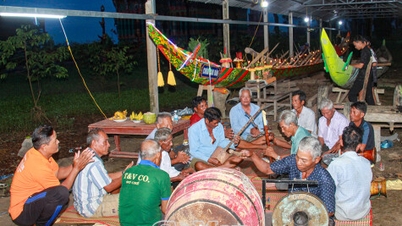





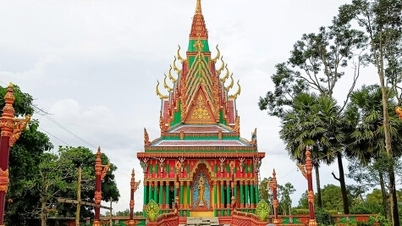


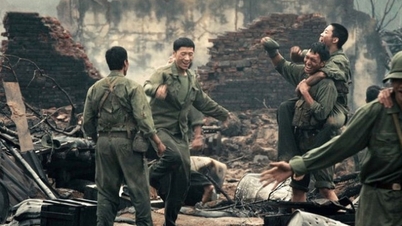


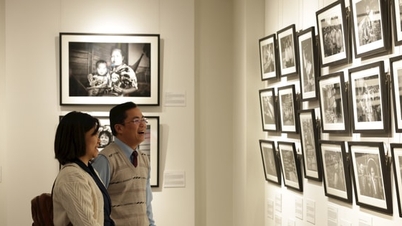












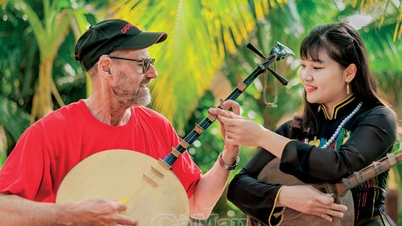




















































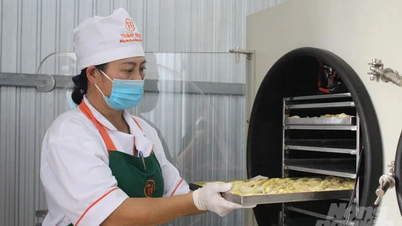










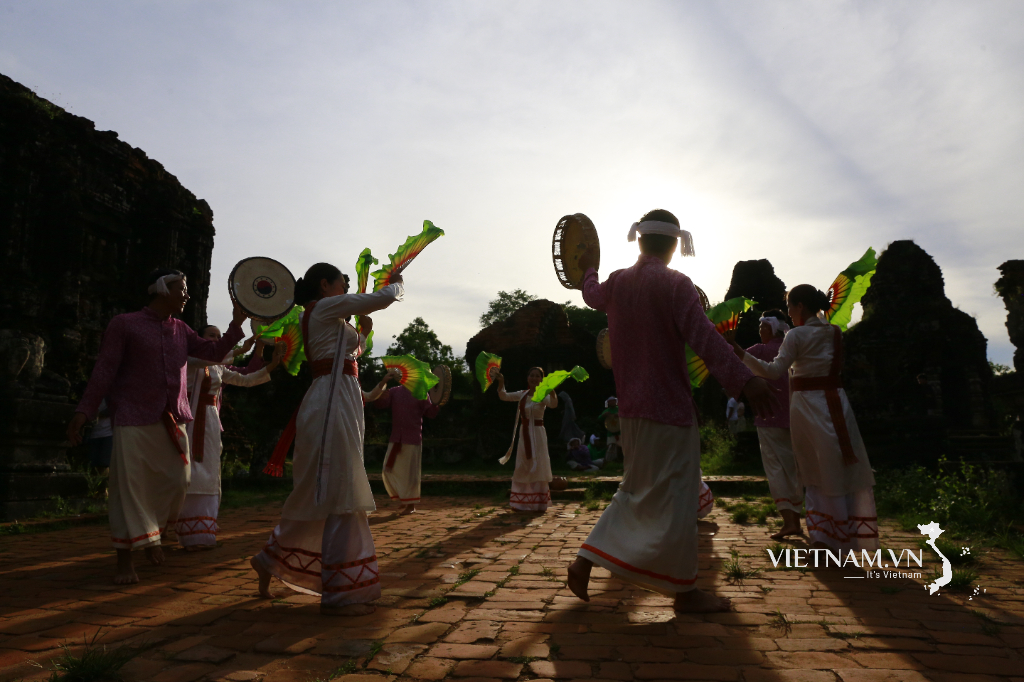



Comment (0)